OUR APPROACH
CREATE VALUE THROUGH TRANSFORMATION & INNOVATION
Transformation begets innovation and innovation begets transformation. Together they form the DNA, the double helix of aliveness and growth. This continuing dance of transformation and innovation ensures future relevance, greater impact and value creation. When you truly do the work of game changing transformation and innovation you ask the deeper questions that open up a broader perspective. You begin to take in the bigger world around you, to see yourself within the whole system, the larger picture. When you see the larger picture, you create transformations and innovations that have the potential to enrich life, not only for yourself, your enterprise and customers, but for all of life. This is true value creation, creation that can feel like magic.
We love seeing the striking results that our clients achieve when they deeply connect with their purpose and open their entire organization to a new dream and a richly narrated vision of success and opportunity. When, with the support of an experienced guide, senior teams and engaged employees are given an opportunity to look deeply into what is important to them and their customers, they release their creativity, discover new future possibilities and…the unexpected, the magical occurs. They create rich, compelling pictures (visions) and stories (strategies) that enable them to make the leap into a new era of exciting opportunity for true value creation.
Transformation is not for the faint-hearted. It requires courage to let go of past patterns and see the change all the way through the three stages pictured in the above universal symbol for transformation.
Screw up the Status Quo—The previous status quo form has to die away to allow for the creation of the new form. Old assumptions are challenged. Previous processes that are no longer successful must be replaced. The business model that got you here won’t get you there so it must be dismantled and redesigned. Timing in screwing up the status quo is critical, it can’t be too early nor too late.
Change Mindsets—Nothing really transforms until the thinking that created the status quo changes. You have to listen to the New Era, the new market, the new emerging world of what people want and need. You have to become introspective and contemplate what new thinking and competencies must be invited in, even when they feel a bit foreign and uncomfortable at first.
Innovate and Regenerate—Just like the powerful energy that gave birth to the original enterprise, this stage needs to release a strong surge of new energy. New ways have to be innovated and the whole system needs to be regenerated to deliver on the higher purpose and value creating new aspirations for the future. All movement is toward realizing the full potential of the new enterprise to create greater flourishing for all.
Both enterprise transformation and innovation can best be created through the skillful use of Design Thinking and Doing. We have used this valuable tool to successfully transform major organizations and cities around the world. Also, we have used this methodology as the basis for building innovation systems that create breakthroughs providing disruptive new insights and unexpectedly powerful new solutions that create radical new advantages. It is valuable because it works.
OUR APPROACH
Co-creative consulting that builds broad-based engagement, ownership and commitment
Design thinking, “leap” creativity
Bringing the best ideas for breakthrough innovation from other sectors/industries
Near term wins that set up long term value creation
Adaptive, whole systems planning
Experiential, authentic, sustainable brand building
Succeeding with dynamic, regenerative business models
Creation of broadly beneficial “Networks of Advantage”
Knowledge flows and open boundaries
Sustainable/regenerative multi-stakeholder benefits
…Vs. TRADITIONAL APPROACH
Prescriptive “tell me what to do” consulting that empowers no one
Incremental “best practices” adjustments
Single industry, imitative planning
Short sighted profit milking
Conventional silo planning
Manipulative image branding
Competing “whack-a-mole” style…product by product, service by service
Myopic, zero-sum Competitive Advantage
Knowledge hoarding, insular focus
Unsustainable short-term maximization of shareholder only value
“The future cannot be analyzed, it must be designed…”






